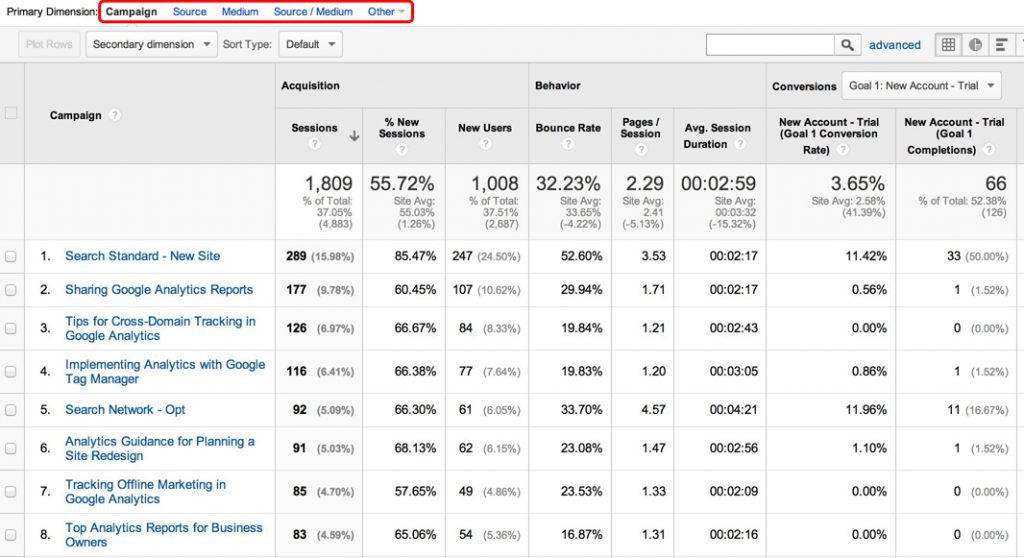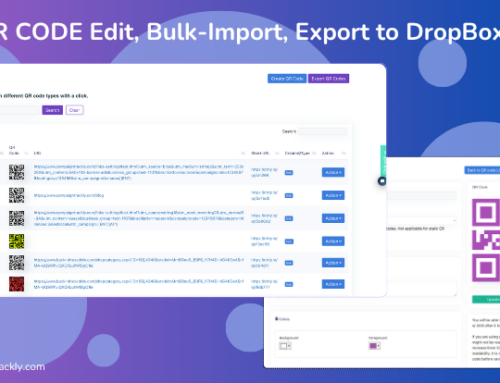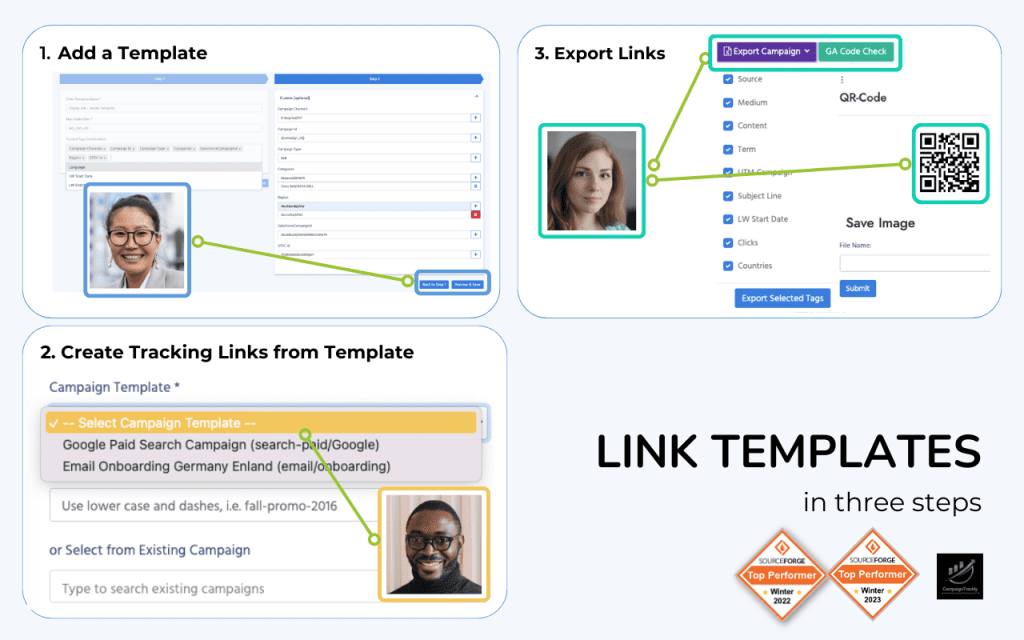This 2 page-long blog discusses common marketing success tracking and reporting challenges, walks you through UTM parameters and how they are used to measure accurately the impact of your campaign, and explains why UTMs are a marketer’s best friend.
Why many marketing teams end up under-reporting their marketing efforts
Marketers today are under a good deal of pressure to drive results by creating visibility for their products and driving qualified prospects to their websites and landing pages. Every quarter they have to deliver qualified leads that will convert into paying customers, and so their focus is on driving those numbers.
According to Hubspot’s Lindsay Kolowich, generating traffic and leads is a top challenge for as many as 65% of the people interviewed by Hubspot for their State of the Inbound report.

Image, courtesy of Hubspot shows the top challenges that marketers are facing in 2016
The problem is that because we are so busy building campaigns to drive more business, we often don’t have time to track and report the real impact of our efforts.
Additionally, for many of us, reporting results is a scary and painful experience.
First, because of the limitation of most of the tools that we are using, which results in a lot of confusion and manual work.
Second, because of the ever growing channels, campaigns, and interactions happening between our audiences and all of the various departments in the company. This makes it even harder to accurately track and record significant touch and conversion points.
Why UTM parameters are the cost-effective and easy solution to tracking marketing success
UTM values enable you to look at your data from the point of view of a specific campaign. This localizes and simplifies reporting, and helps you get a much better picture about the performance of your assets and promotional channels.
[blocks layout=”layout3″] [block background=”#c8e4f7″ text_color=”#444444″ rounded=”true” shadow=”true”]The average campaign is promoted on 10-20 or more channels.[/block] [block background=”#c8e4f7″ text_color=”#444444″ rounded=”true” shadow=”true”]If you use the UTM_campaign value to notify your analytics tool every time you are promoting your campaign on a specific channel, it will know to clump all visits, conversions, and interactions in a “pocket” dedicated to this particular campaign.[/block] [block background=”#c8e4f7″ text_color=”#444444″ rounded=”true” shadow=”true”]Then, all you need to do is generate a campaign report, or drill down through the data in that “pocket” to find out more details about your target assets and audiences.[/block] [block background=”#ffffff” text_color=”#999999″ rounded=”true” shadow=”true”][/block] [/blocks]A Marketer’s Best Friend
Because we all plan and budget our marketing activities around campaigns – the Dreamscape Event, Mobile World, Launch of Product A, etc. – UTM-based tracking enables us to easily reconcile budget spend with asset performance and reporting.
Our supervisors are expecting to see simple reports that can connect expenses with revenues – whether potential or real.
Being able to provide them with a campaign-level view of our efforts tells a great story. Not only can we showcase all the campaigns that we have been working on. We can show in one slide important information such as channel and asset contributions to traffic, leads generated by campaign, and even sales.

This image is courtesy of Megalytic, providing an excellent dashboard with multiple campaigns and goals











